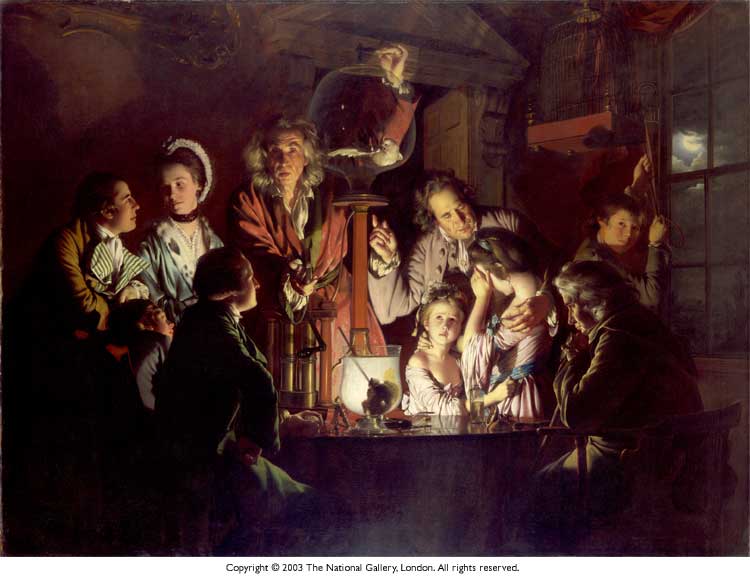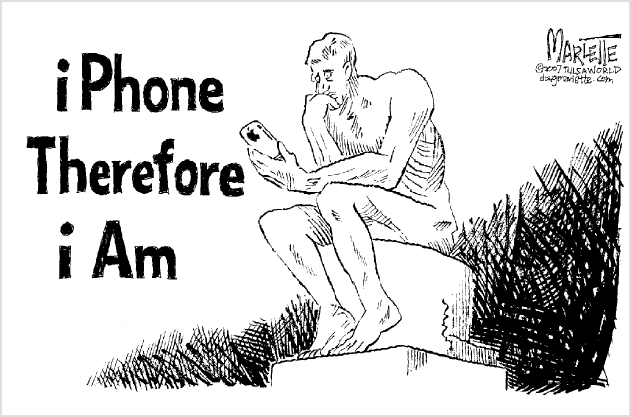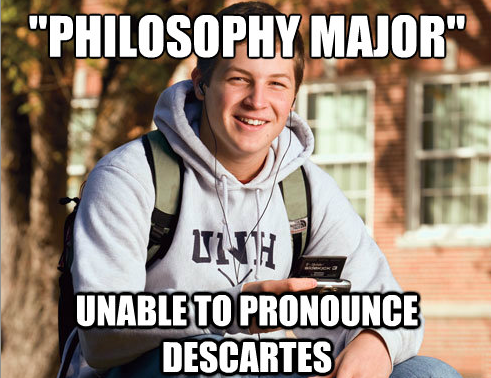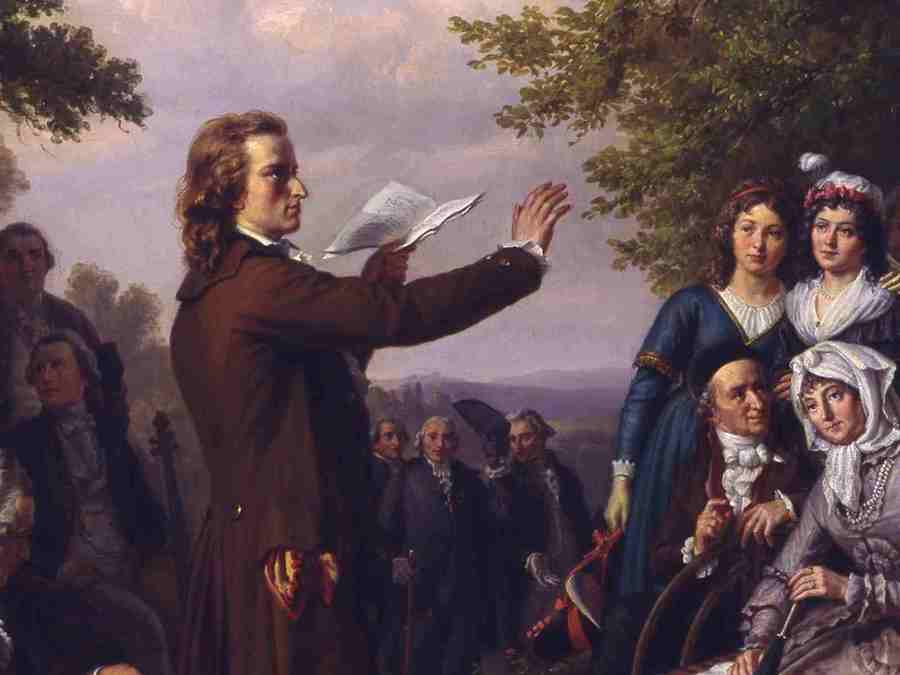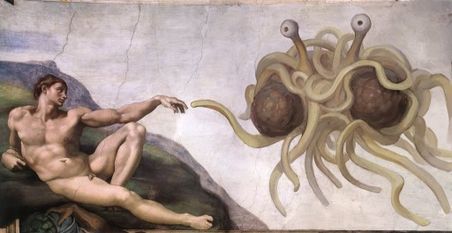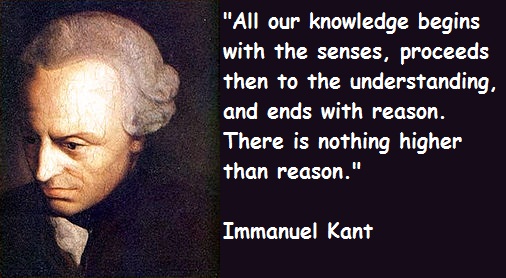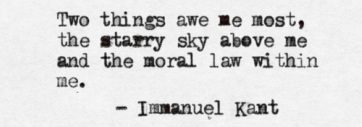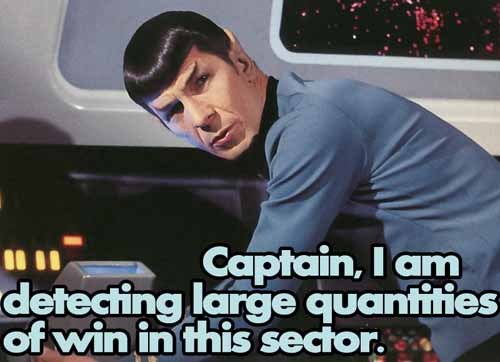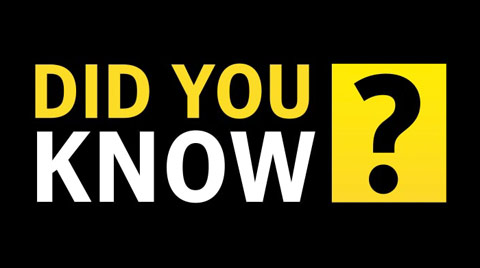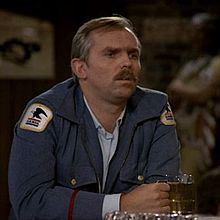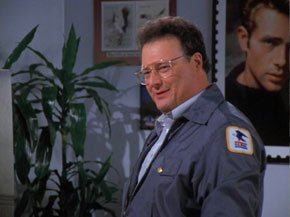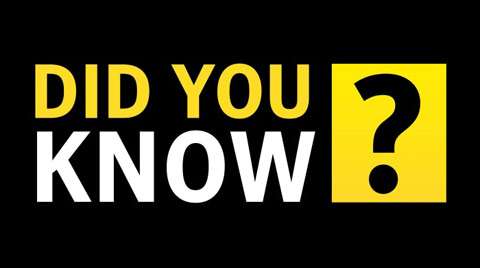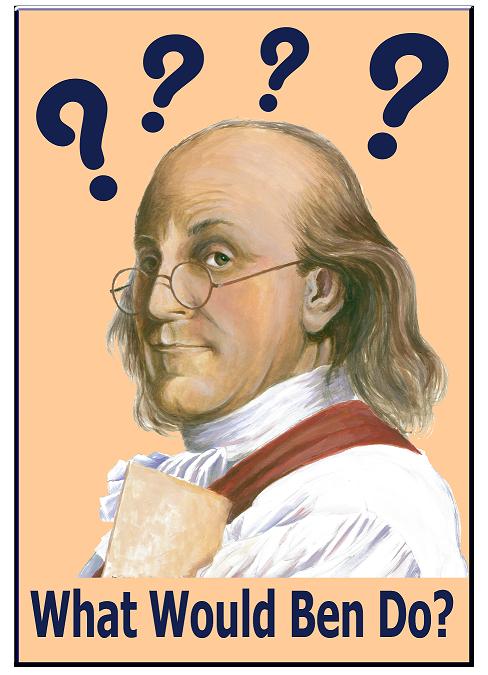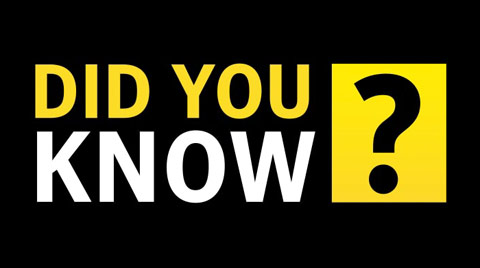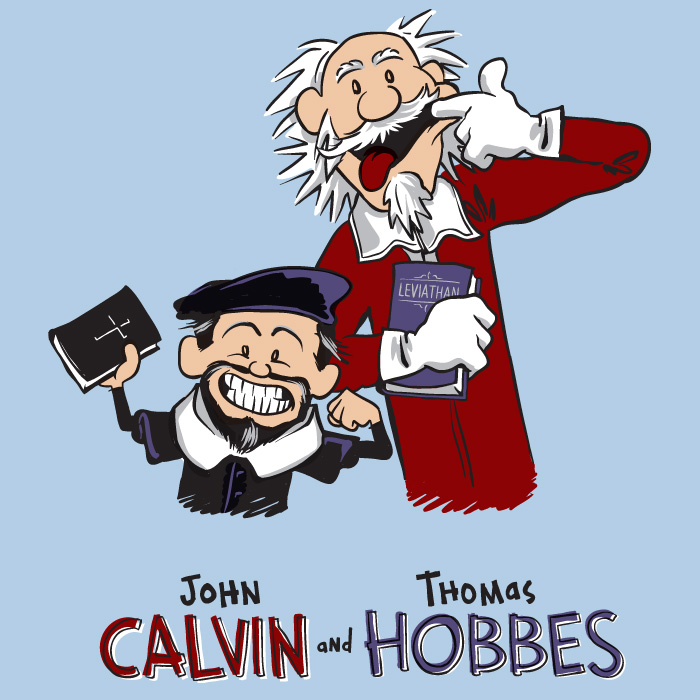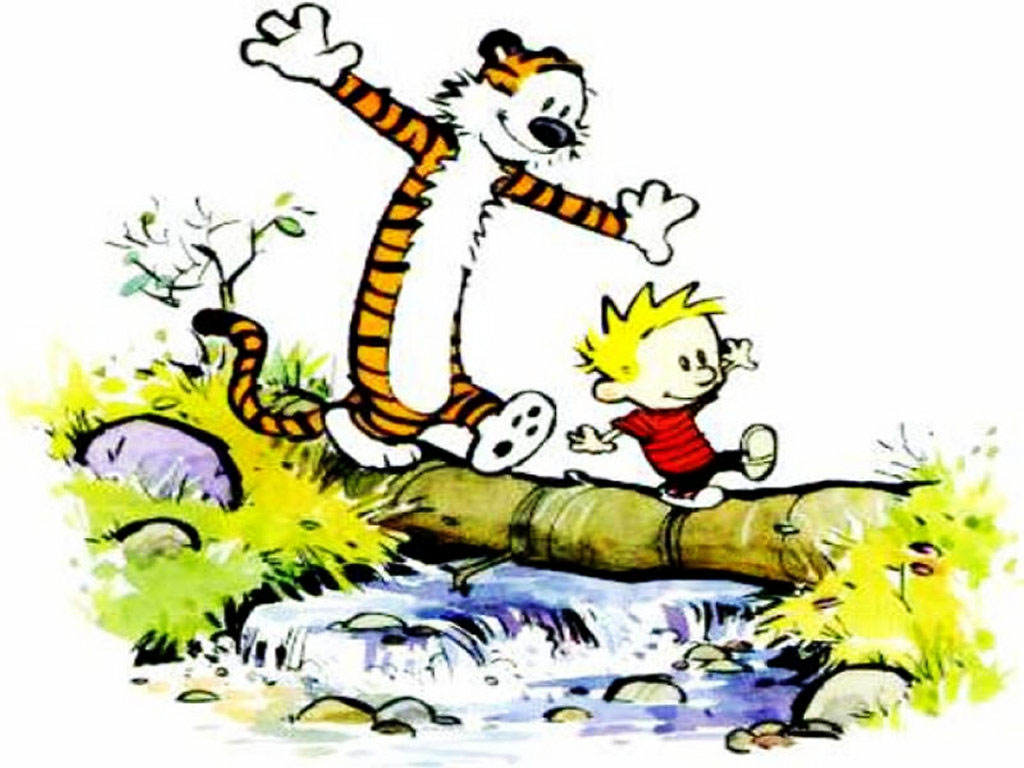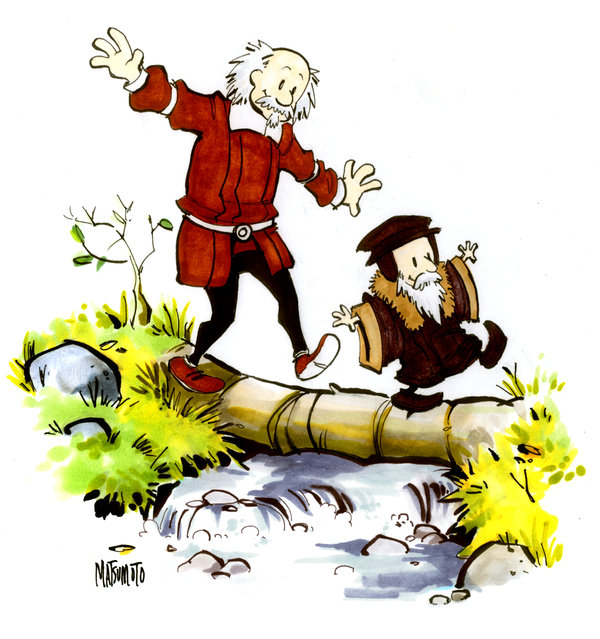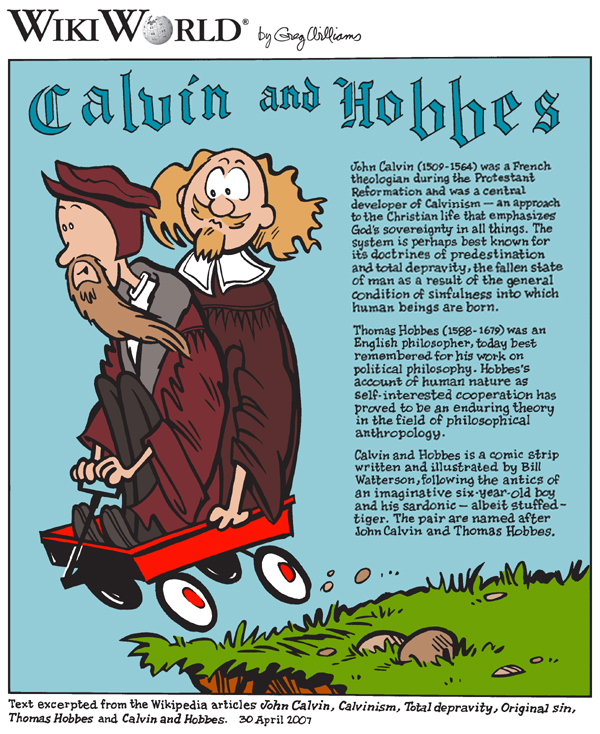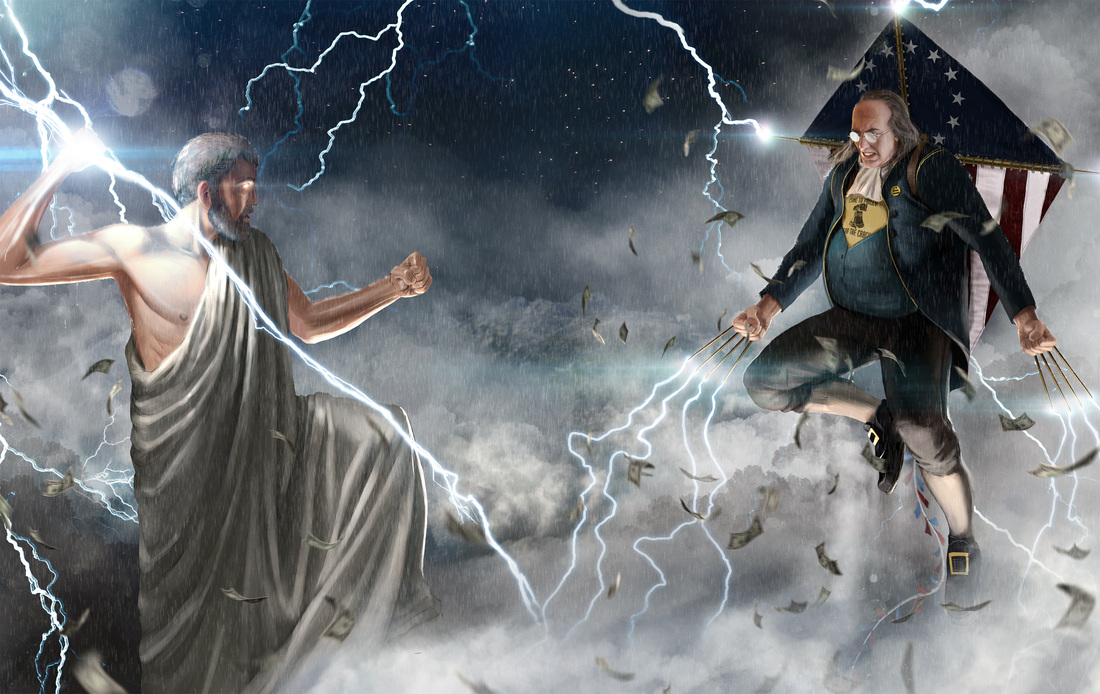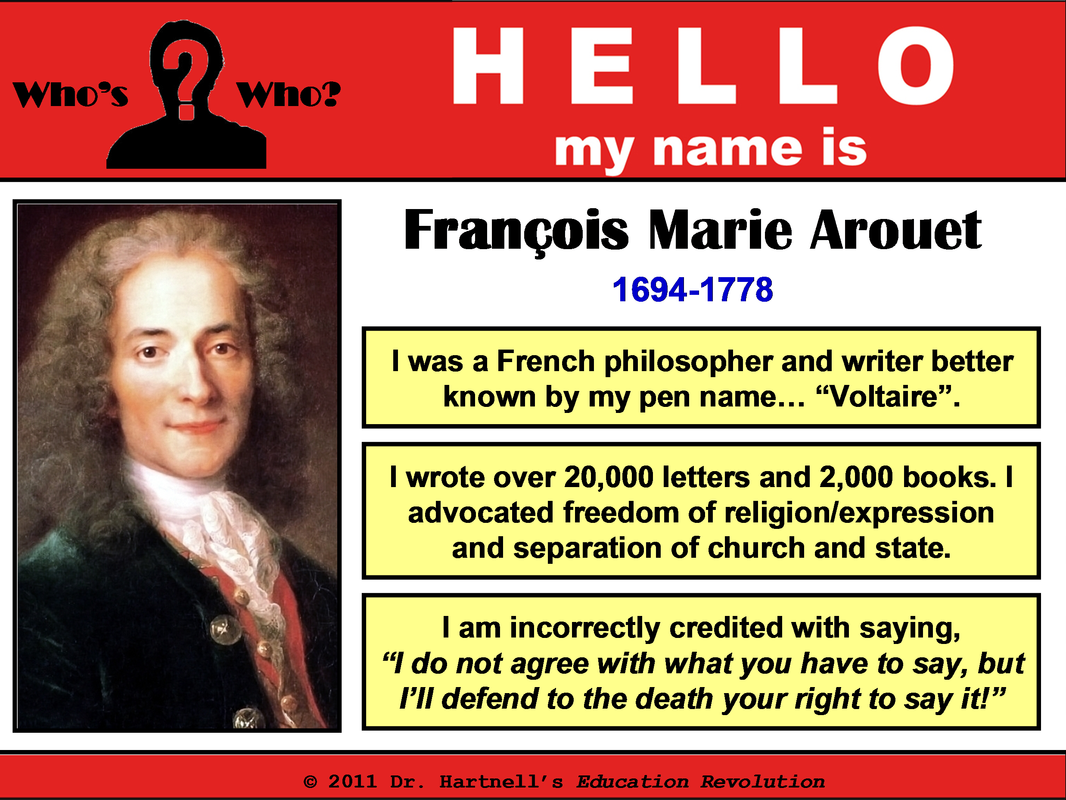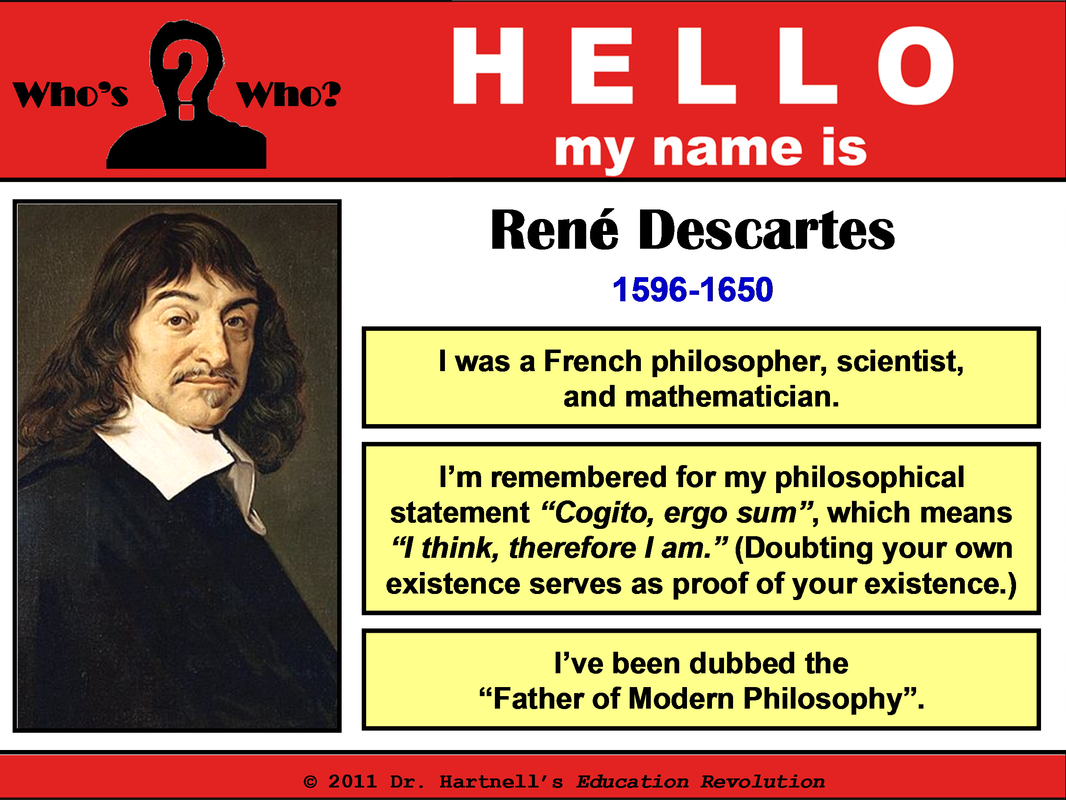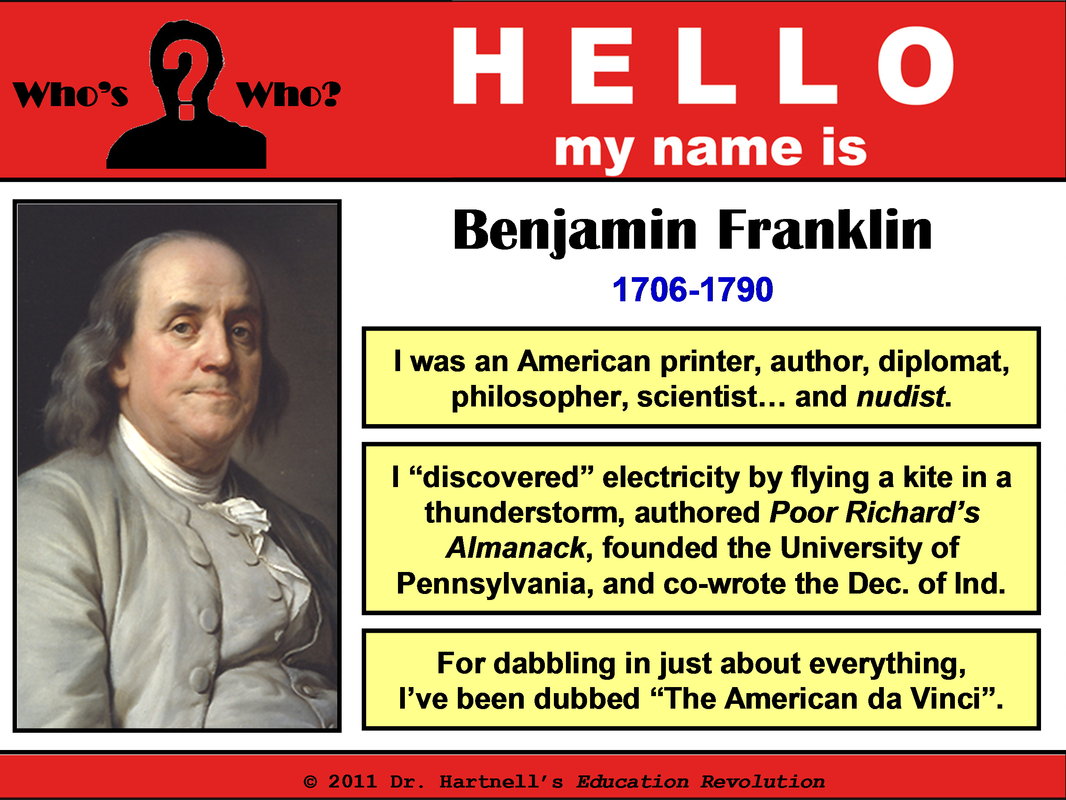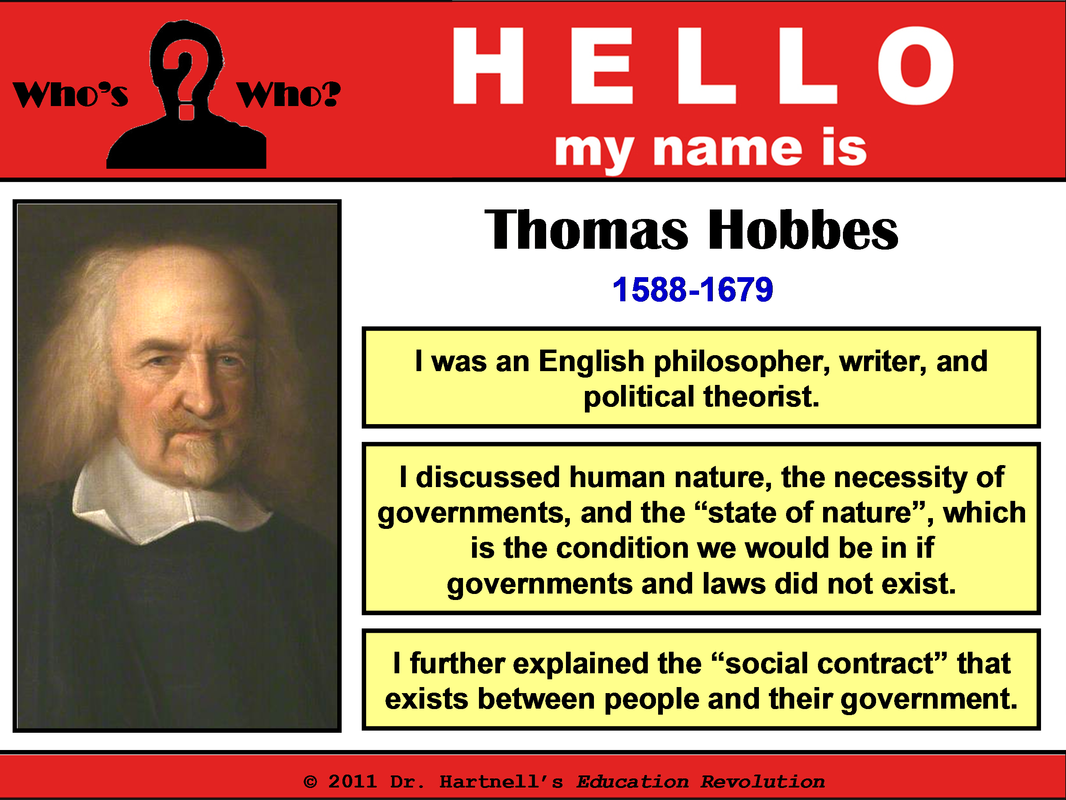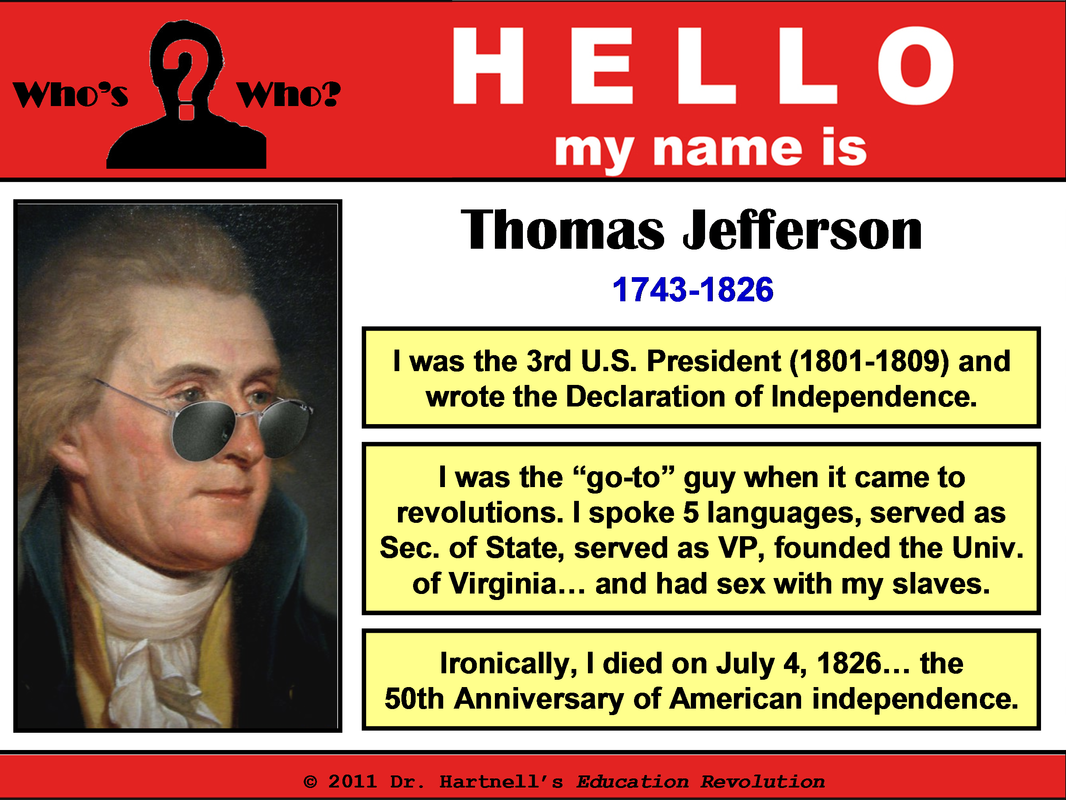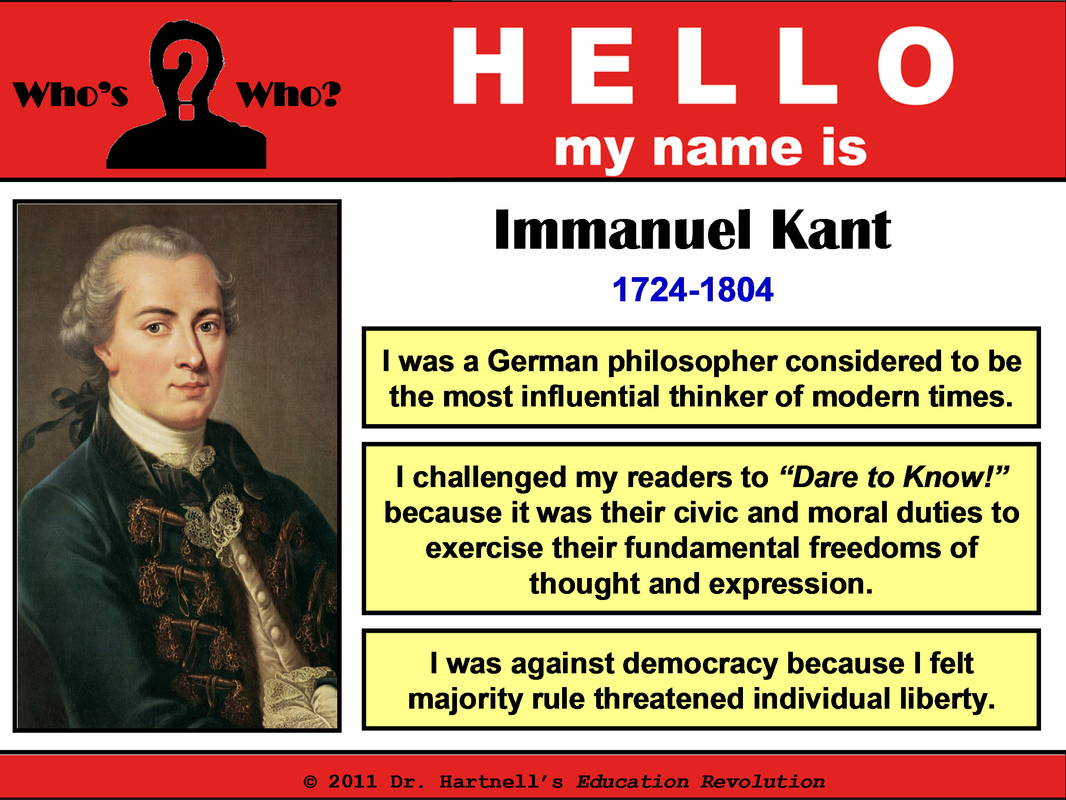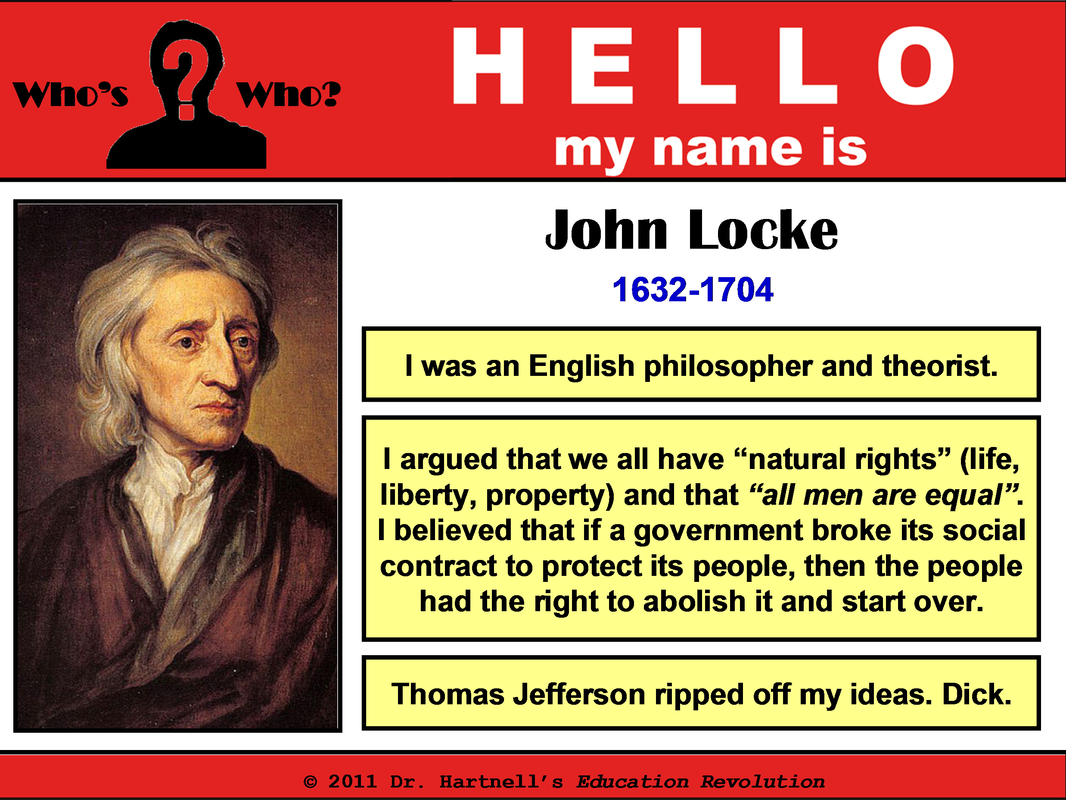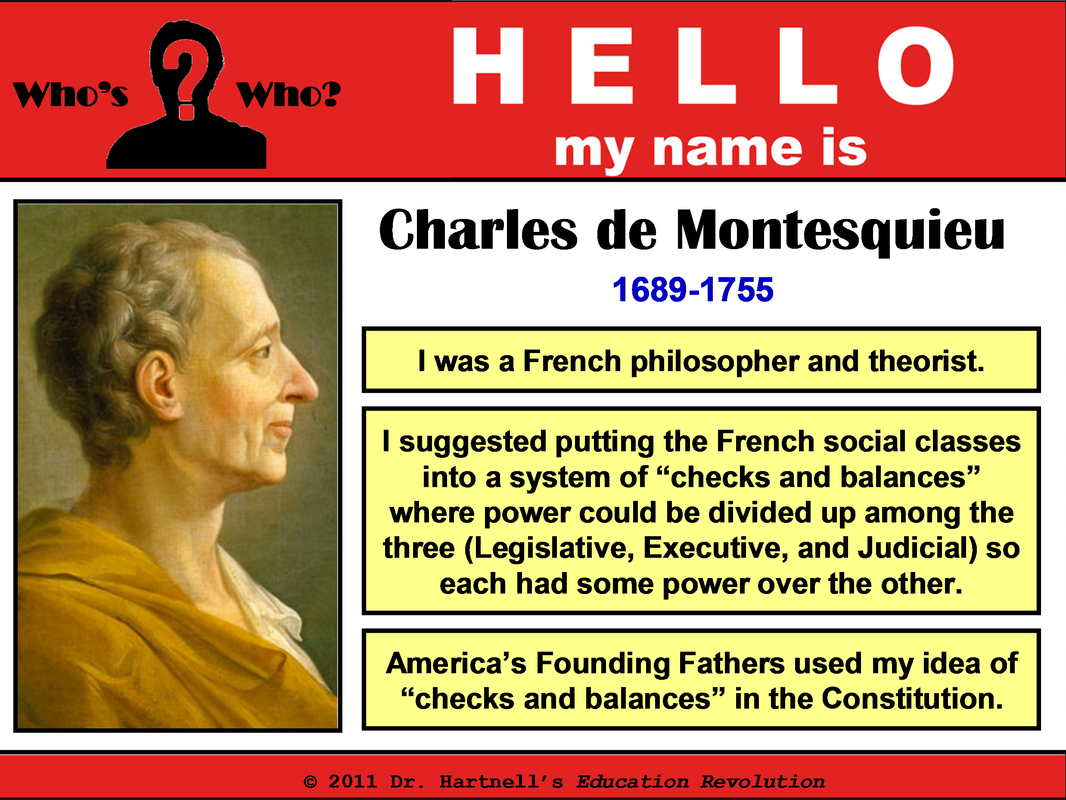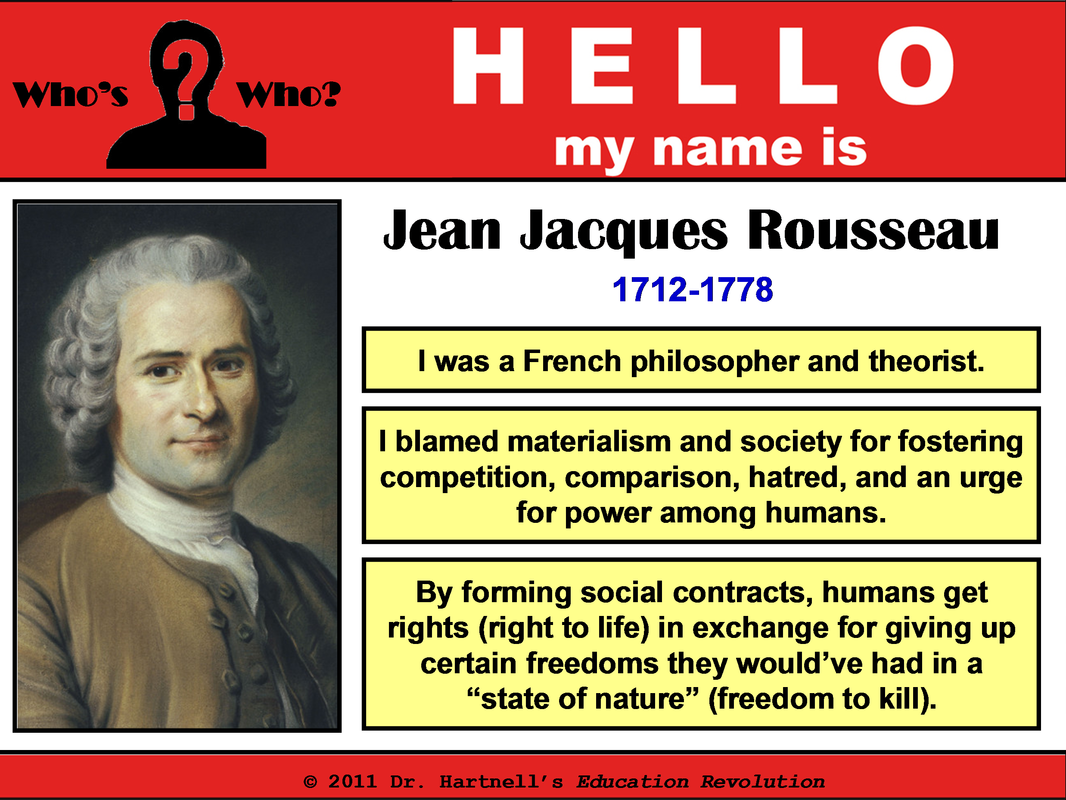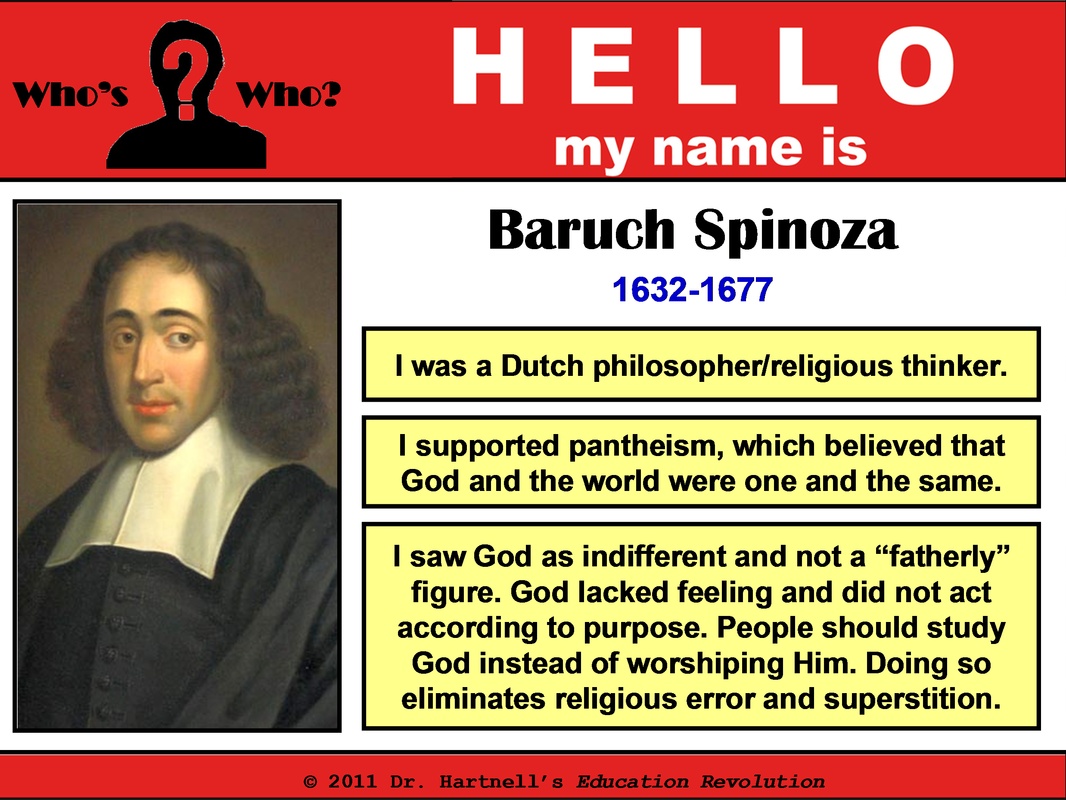Scramblin' thru... Age of Enlightenment
Dare to Know...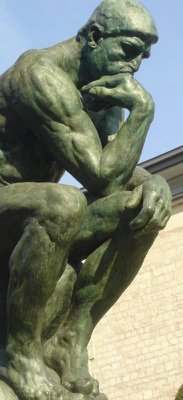
Everyone knows someone who knows something about everything. And they're obnoxious about it, too. We get it, dude. You're well-read. You use big words. You get all "As". And you smell nice. The rest of us Neanderthals will just have to limp through our measly existence.
Well, don't feel bad. A group of deep thinkers during the 1700s made everyone in Europe and America feel the same way. Shoot, they even called themselves "Enlightened" – I mean, who gives themselves a nickname? Ain't that right, T-bone? Riddle Me This...Long before there was Twitter, Facebook, and Google, Europeans living in the 17th and 18th Centuries had to deal with their own version of information overload. Emerging postal systems (a.k.a. Mailmen - remember them?), an explosion of short letters called billets, and the birth of newspapers and pamphlets all pumped insane amounts of information - valuable information, gossip, chatter, and the rest - through newly-emerging social networks, which eventually played a critical role in the French Revolution (1789-1799), much like Twitter and Facebook have proven instrumental in organizing rallies, protests, and even revolutions today.
"The Age of Enlightenment" is a term used to describe the ideas dreamt up and hypothesized in letters back-and-forth between Europe and the American colonies during the 18th Century before the outbreak of the French Revolution, which either executed these philosophers or chased them out of France. These pen-pal buddies were convinced that they were emerging from centuries of darkness and ignorance into a "new age" enlightened by reason, science, and a respect for humanity. (Yea, and you thought you needed a Twitter account...) They looked at past philosophers and asked a lot of questions about society – mainly about human reason. Essentially, everyone reverted to being 4 again... "Why is the sky blue?" ... "Why do we have a king?"... "Why does it burn when I pee?" ... the big questions. The stuff everyone was thinking but too afraid to ask. The "AOE" (as it was called on the streets) was influenced by Sir Isaac Newton's discovery of gravity in 1687 after he (allegedly) took an apple off the ol' chrome dome. Gravity was only something God knew about. And now Fig Newton over there knew about it. Newton = God? No, not quite (although I'm sure he used that to pick up chicks). But, if humans could unlock the laws of the universe (seen as God's own laws), then why couldn't we discover the laws underlying all of nature and society? Through proper education, we could alter human nature for the better.
Emphasis was soon put on the discovery of truth through observations ourselves, instead of studying authoritative sources like the Bible. AOE thinkers viewed the Christian church as the principal force that "enslaved human mind". While most AOE thinkers did not renounce religion, they were Deists, which are people that accept the existence of God (be it in the traditional sense, a Greek-styled god, a male God, a female God... or a Flying Spaghetti Monster) but reject the intricacies of Christian theology (like the whole going to church, praying, and giving 10% sort of stuff... you know... all of it). AOE thinkers believed humanity should not focus on the next life. (After all, that didn't exactly pan out for the Egyptians.) Instead, we should focus on improving this life. Worldly happiness was placed before religious salvation, and life should be all about the here and now. (Sign me up!) Of course, this sort of thinking was seen as dangerous back then. Because the AOE thinkers didn't have Facebook walls to leave hurtful posts, the Christian Church was attacked in letters because of its wealth, political power, and suppression of ideas and reason.
German philosopher Immanuel Kant believed the motto of the AOE should be "Dare to Know" due to everyone's desire to re-examine previous ideas and to explore new ideas. Put Your $$$ Where Your Mouth IsFrance was the unofficial "home" for the AOE, and writing letters was the preferred manner of communication... mostly because unless you could yell across the Atlantic, you had to pick up a pen and scroll. (Dr. Hartnell pictures Thomas Jefferson excitedly skipping down his driveway to check his mailbox for a letter from his pen-pals in France.)
It is one thing to dream. It is another to put those ideas into practice. The American Revolution (1775-1783) did just that. In fact, Jefferson's Declaration of Independence (which contained ideas he ripped off from studying AOE thinkers) became the model for other documents that focused on the wrongdoings of government and outlined everyone's God-given rights. (Note: Jefferson meant white males who owned property. You know, "everyone".) The ideas of the AOR and the success of the American Revolution at implementing those ideas soon spread to France, Europe, Latin America, and Russia in what became the Age of Revolutions (1763-1918). I guess, in the end, the nerdy kid gets the high five! |
In today's world of e-mail, texting, and overnight UPS, the idea of a letter taking two weeks to travel from New York to Philadelphia seems almost comical. However, in the mid-1700s, a letter might take as long as 14 days to arrive. During the Age of Enlightenment in the 13 colonies, most correspondence (personal and business) was carried by hand. The most reliable postal route in the colonies
was along the coast by ship. Roads between the colonies were not well-marked nor well-kept, and delivery service was poor at best. Letters were carried by friends, by slaves, by sea captains, and by other travelers. "Post offices" were often taverns, inns, and coffee houses, where, as one may imagine, your important letter might wind up being used as a coaster. Service from America to Europe took anywhere from six weeks to three months, assuming the boat it was on didn't sink, wasn't robbed by pirates, or wasn't blown up by a hostile enemy's navy. As such, many letters never made it to their final destination. Because of this, writers often wrote five copies of a letter and sent each on a different ship, hoping that at least one of the letters would arrive safely. Thankfully no one writes letters today. Sorry, grandma... 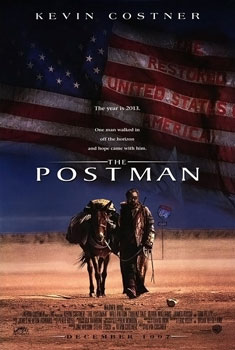
"The Postman" took place in 2013 after nuclear war crippled civilization as we know it. It was so bad - and so looooong - that Dr. Hartnell enacted a 25-year boycott of all future Kevin Costner movies. [Click the picture to view the trailer to this 1997 movie... even the freaking trailer is LONG... but watch until the end for some classic movie "cheesiness".]
Postal service in the U.S. was greatly influenced by
Benjamin Franklin who was appointed Postmaster of Philadelphia in 1737, Joint Postmaster General of the colonies for the Crown in 1753, and Postmaster for the United Colonies in 1775. Through Franklin's efforts, the length of time for mail service between major cities in the colonies was cut in half. So, you know, JUST seven days now... Calvin and Hobbes was a daily comic strip that was written and illustrated by Bill Watterson from 1985-1995. Along with Garfield
and The Far Side, it remains one of Dr. Hartnell's favorites. The cartoon followed the humorous antics of Calvin, an adventurous 6-year-old boy, and Hobbes, his sarcastic stuffed tiger. They were named after John Calvin, a 16th Century French Reformation theologian, and Thomas Hobbes, a 17th Century English political philosopher. At the peak of its popularity, Calvin and Hobbes was featured in over 2,400 newspapers worldwide. |

